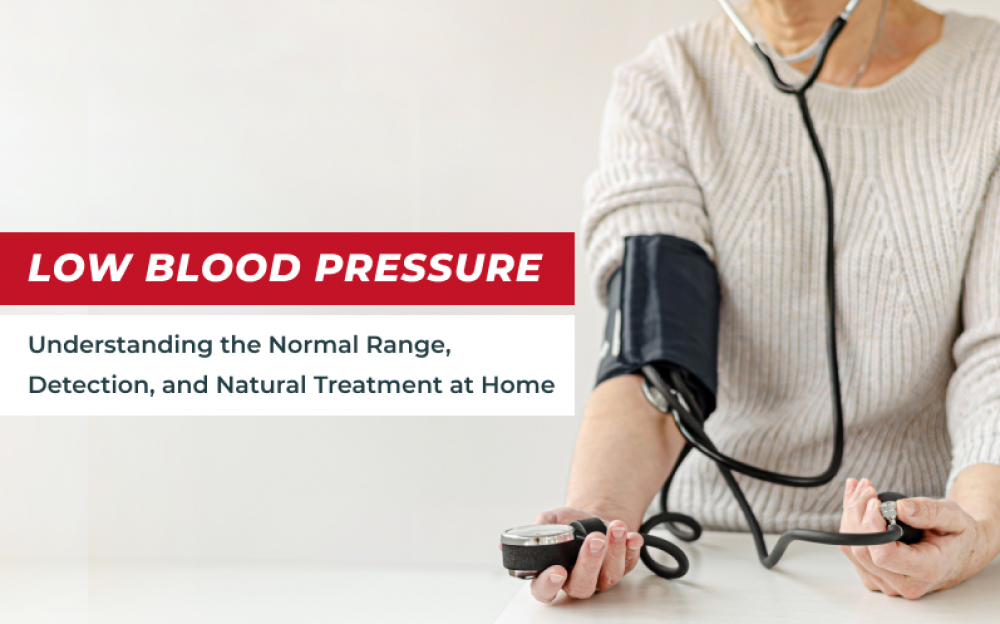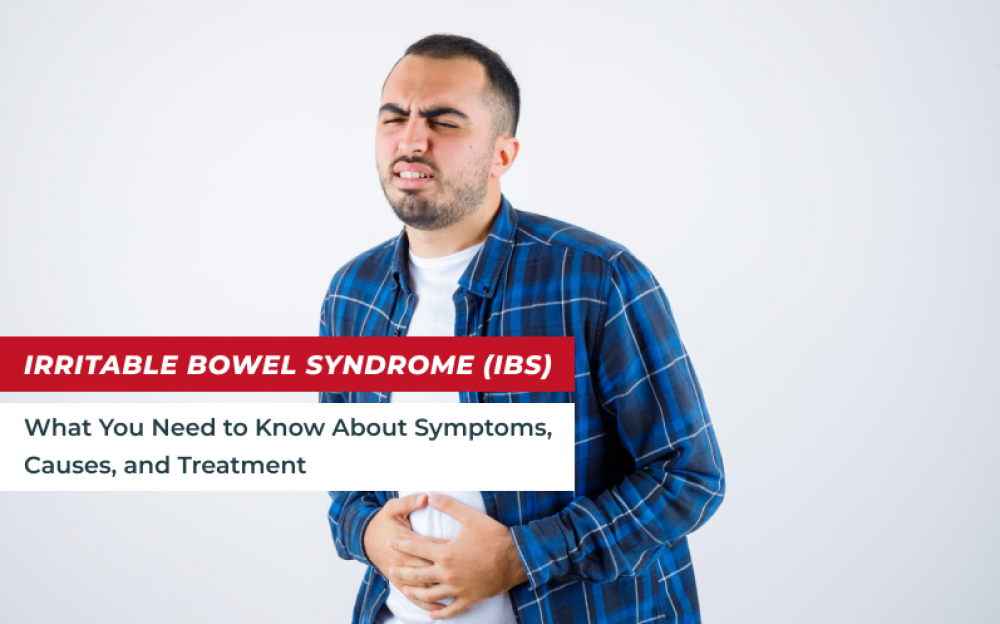

Low blood pressure, or hypotension, is a condition in which the blood pressure reading is lower than the normal range. Normal blood pressure is considered to be around 120/80 mmHg. Blood pressure readings below 90/60 mmHg are considered low.
The normal range for blood pressure can vary depending on age, physical activity, and other factors. Blood pressure can also fluctuate throughout the day in response to stress, exercise, and other factors.
Low blood pressure can cause symptoms such as dizziness, light-headedness, fainting, fatigue, and blurred vision. In severe cases, it can lead to shock, which is a medical emergency.
Detection of low blood pressure can be done through regular monitoring with a blood pressure monitor or through a checkup with a doctor. A doctor can diagnose low blood pressure based on a physical examination and review of medical history. Other tests, such as blood tests, ECG, and echocardiogram, may also be performed to determine the underlying cause.
It is important to note that while these natural treatments can be helpful in managing low blood pressure, they should not be used as a substitute for medical treatment. If low blood pressure is caused by an underlying medical condition, it is important to seek medical treatment and work with a doctor to develop an appropriate treatment plan.
In conclusion, there are many natural treatments for low blood pressure that can be used at home to manage symptoms and improve circulation. These treatments include increasing fluid intake, eating a healthy diet, exercising regularly, avoiding sudden changes in position, reducing stress, consuming more salt, using compression stockings, taking deep breaths and moving your legs, and practicing good posture. It is important to work with a doctor to determine the underlying cause of low blood pressure and develop an appropriate treatment plan.

Low Blood Pressure: Understanding the Normal Range, Detection, and Natural Treatment at Home

Irritable Bowel Syndrome (IBS): What You Need to Know About Symptoms, Causes, and Treatment